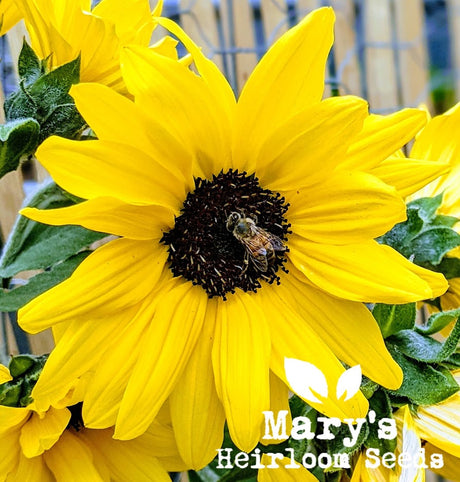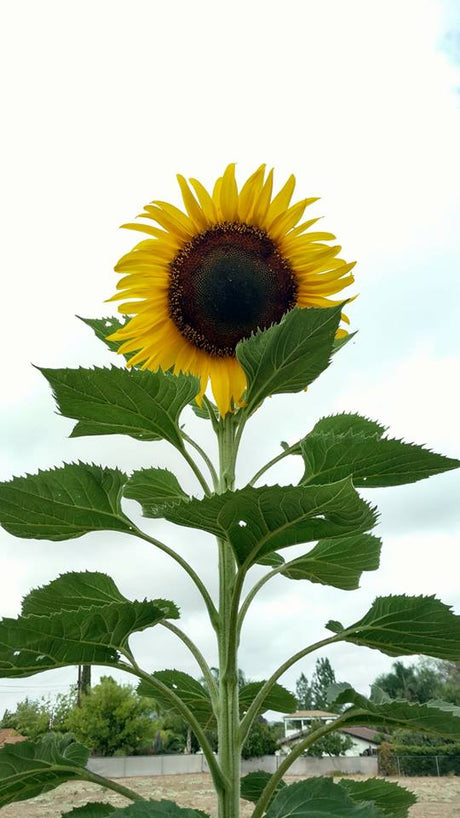
Planting Wildflower Seeds
One of the best things about wildflowers is how easy they are to grow! In case you missed it, we recently posted an article of EDIBLE FLOWERS at Mary's Heirloom...
Mary Smith |
Welcome to our store Learn more

One of the best things about wildflowers is how easy they are to grow! In case you missed it, we recently posted an article of EDIBLE FLOWERS at Mary's Heirloom...
Mary Smith |

Sunflowers add so much color to the garden. They're so bright and beautiful, naturally attracting bird and beneficial pollinators. An annual plant, sunflowers have big, daisy-like flower faces of bright...
Mary Smith |
Over 1,000 varieties of Heirloom Seeds
Free Shipping on Qualifying orders of $20 or more
Planting guides to help you grow a successful garden